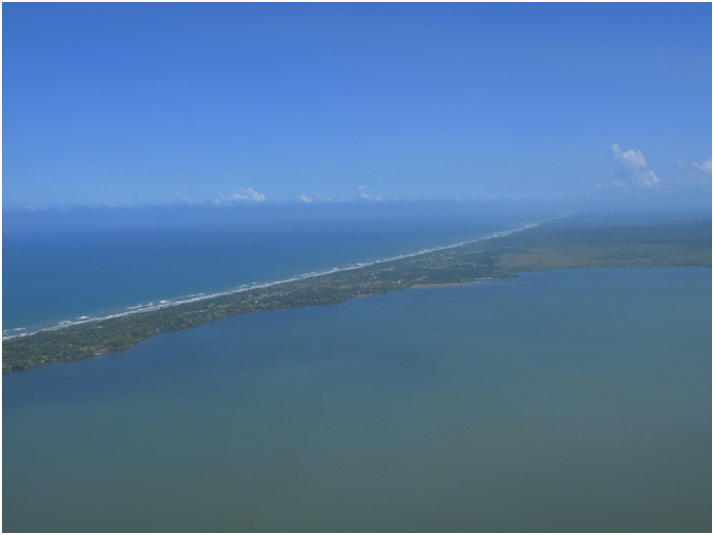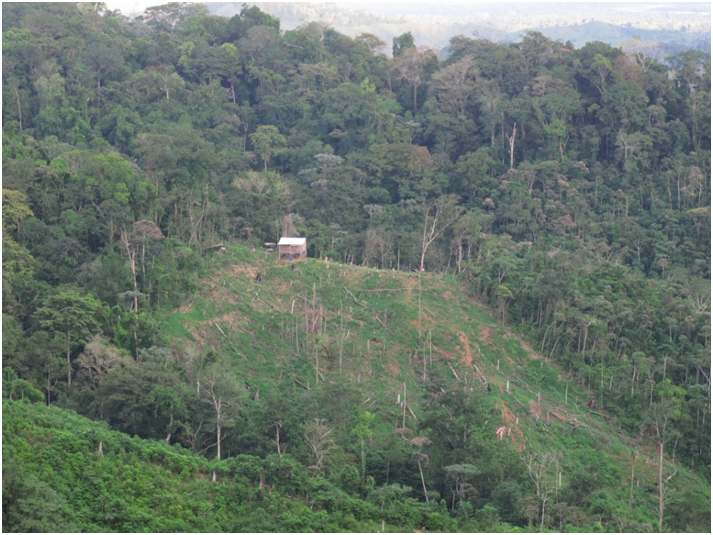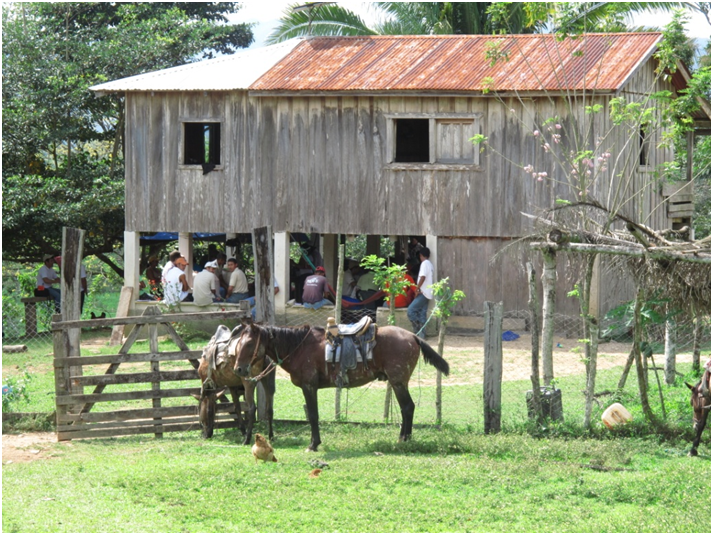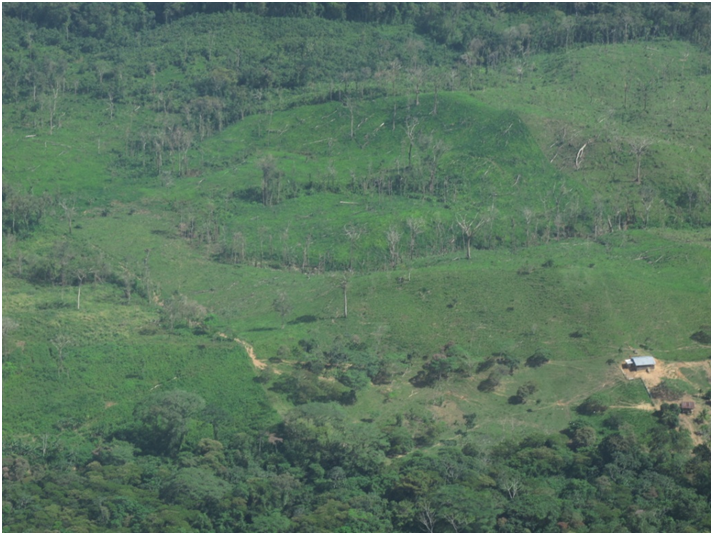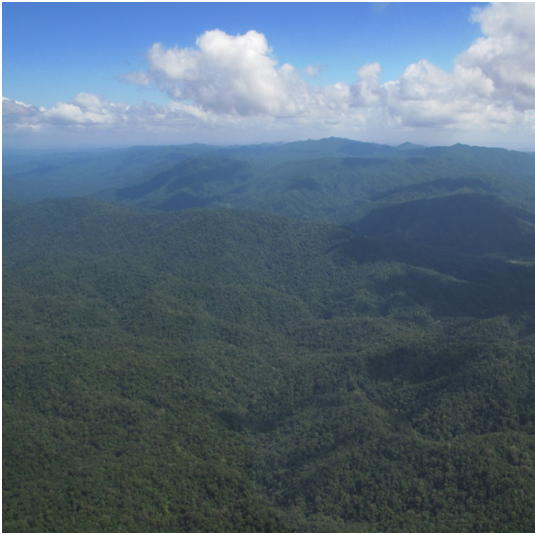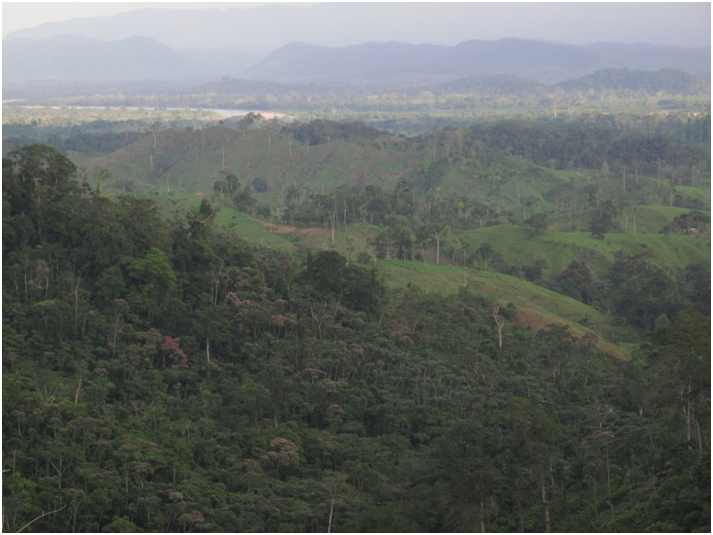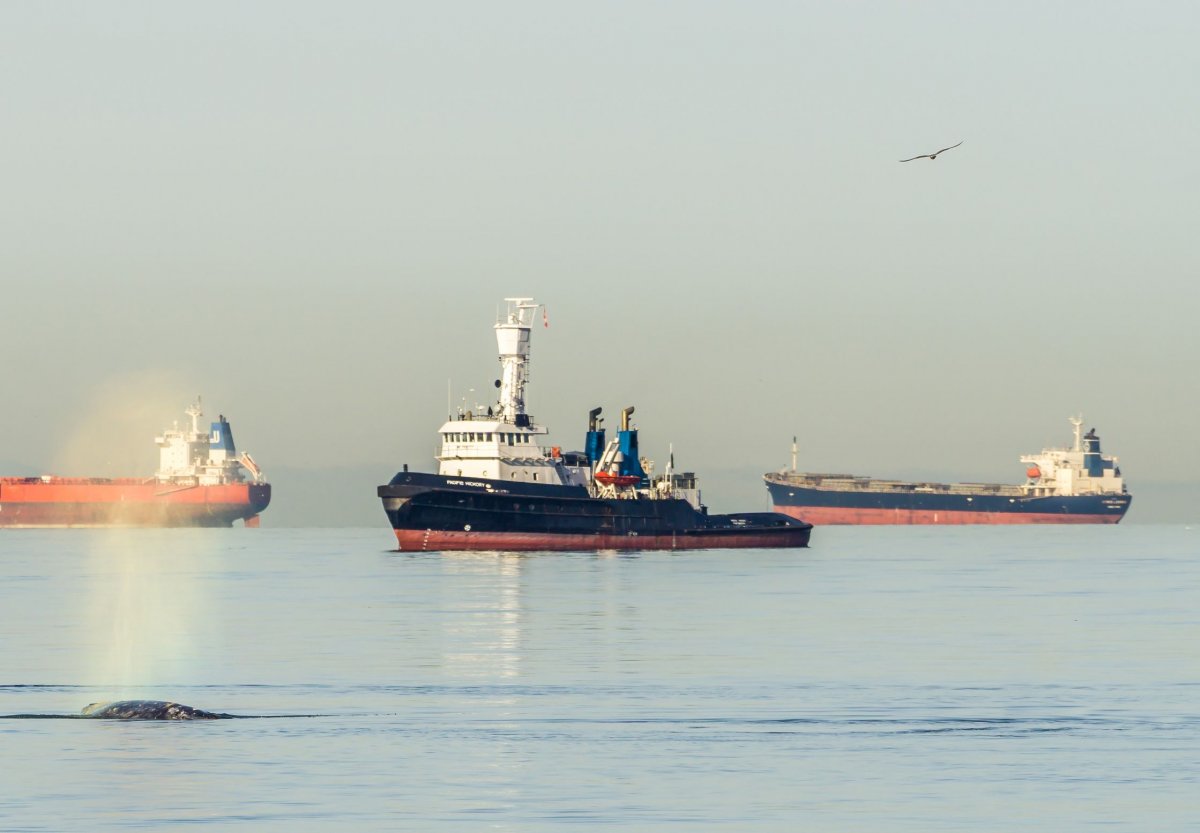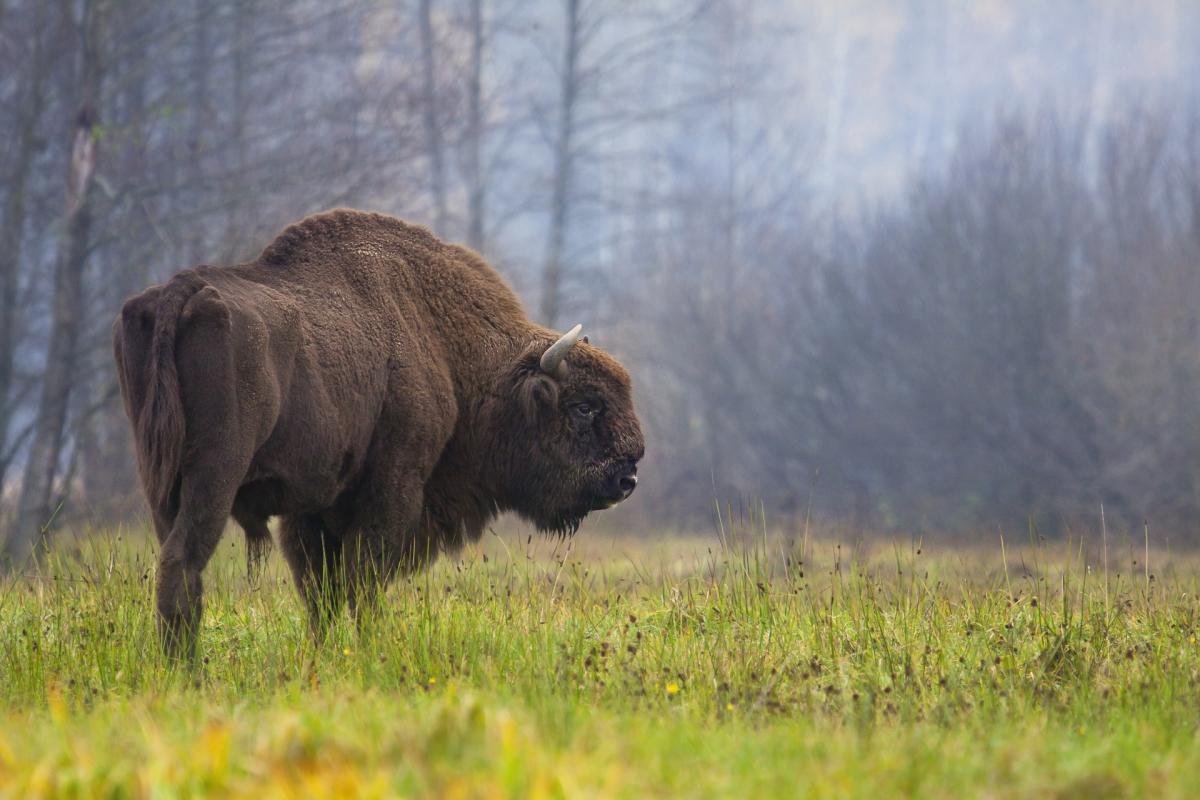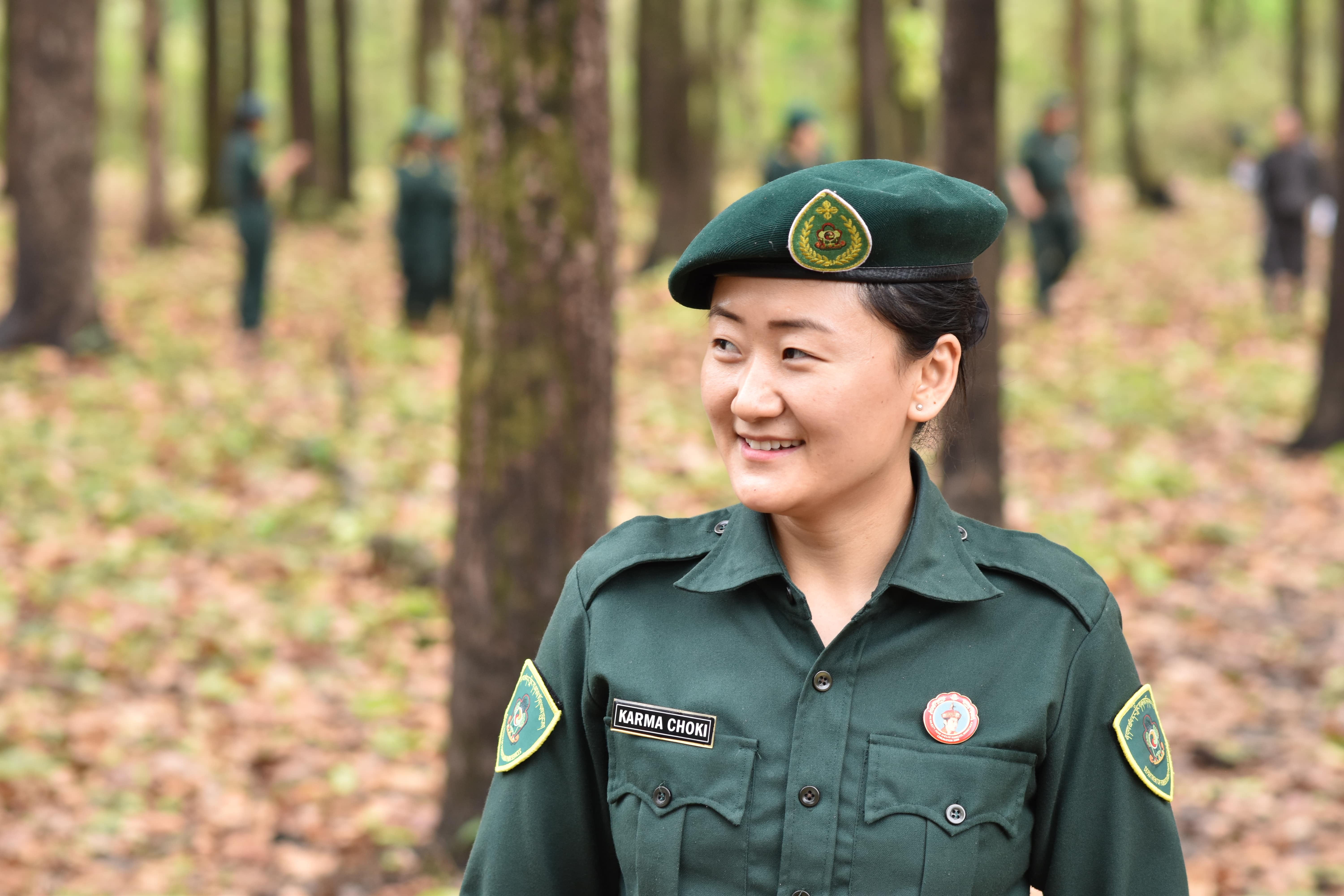A promising future for Rio Platano
In the Mosquitia region in north-east Honduras is a place whose natural and cultural wealth can rarely be seen elsewhere in the world. But the future of this exceptional richness, in a country torn by conflict, poverty and adverse socio-economic conditions, strongly depends on the readiness of its authorities to consolidate efforts to manage and conserve it, working together with the area’s local and indigenous communities.
Covering the entire basin of the Platano River, the Rio Platano Biosphere Reserve is the biggest protected area in Honduras. It is an integral part of Central America’s largest tropical rainforest, which extends into neighboring Nicaragua.
Few areas in the world can compete with Rio Platano’s natural wealth. Tropical rainforests, mangroves, coastal lagoons and savannahs are all home to a wide variety of plant and animal species. These include 39 species of mammals, 377 species of birds and 126 reptiles and amphibians, as well as many species of timber. Here you can also find a large number of threatened species such as the giant anteater, Baird's tapir, jaguar, puma, Caribbean manatee, American crocodile and brown caiman.
But it is not just the diversity of species and ecosystems that makes Rio Platano so special.
Its mountainous landscape sloping down to the Caribbean coast is also home to over 2,000 indigenous people who continue their traditional way of living, directly dependent on natural resources in their everyday lives. Rio Platano is also an important archaeological site with some fine remnants of the Maya civilization.
The reserve was inscribed on the World Heritage List in 1982. But in 1996, concerns about the integrity and conservation status of Rio Platano triggered its inclusion on the List of World Heritage in Danger. It remained on the list for over a decade and there are strong indications that it will soon be inscribed on it again.
"Rio Platano is a gem of global importance due to its largely intact forests and other habitats but also the variety of indigenous and local cultures that live in and around it," says Tilman Jaeger, IUCN’s World Heritage Programme Officer. "Unfortunately, the harsh socio-economic reality of the region has been putting its natural and cultural wealth at constant risk for decades."
Honduras is one of the poorest countries in Latin America. Almost 60% of its population lives below the poverty line and almost 40% lives in extreme poverty.
Drug-trafficking and other illegal activities have created a climate of lawlessness and impunity. Forests are being converted into cattle ranches and illegal logging, fishing and hunting are widespread in the area. Roads opened by loggers provide access to settlers who clear the land for farming and ranching, causing increased soil erosion and contamination of water resources by agro-chemicals, and the trafficking of many species for the exotic pet market is significantly reducing their populations.
A recent controversial plan to build a series of dams along the Patuca River, which are likely to strongly affect both the river and the indigenous people that have called it their home for centuries, is also causing grave concerns on local and international levels. Although the dams would not be situated in the World Heritage site itself, they are planned to be built within the Mosquitia region, a formally protected conservation complex also known as the “Heart of the Mesoamerican Biological Corridor”.
"Given the poverty and the marginalization of Mosquitia, the situation is often seen as a trade-off between development and conservation, and the priority tends to be given to development", says Tilman Jaeger. "But short-sighted and large-scale development projects bear the risk of putting local residents in an even more vulnerable situation, threatening the very environment those people depend on for water, food, medicine and many other services."
But all is not lost.
In response to a visit of IUCN and UNESCO representatives in the region, senior government officials of Honduras, including the country’s president, have recently reaffirmed their commitment to improve the management of the area and to request inclusion of the reserve on the List of World Heritage in Danger. This is a very promising development for the future of Rio Platano.
"In an area with such a difficult socio-economic reality and limited governmental presence, political will is an essential starting point for any conservation action," says Tilman Jaeger. "The government’s commitment is extremely encouraging and we look forward to assisting it in its search for better ways to reconcile conservation and development."
For more information please contact:
Tilman Jaeger, IUCN’s World Heritage Programme Officer, e-mail: Tilman.Jaeger@iucn.org
